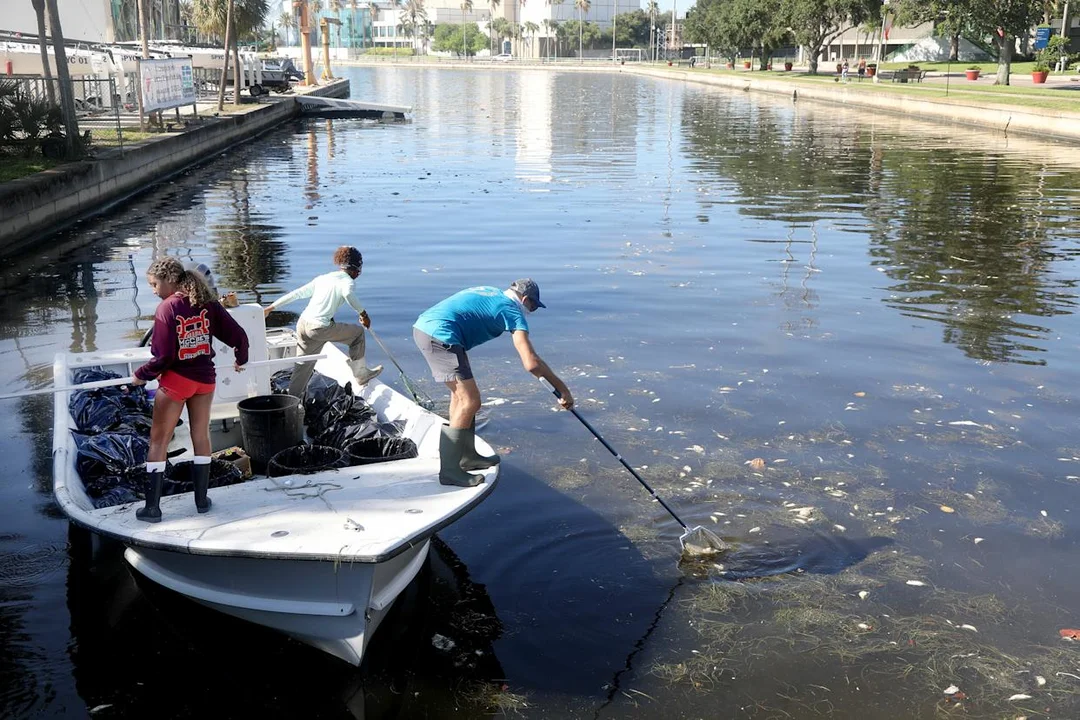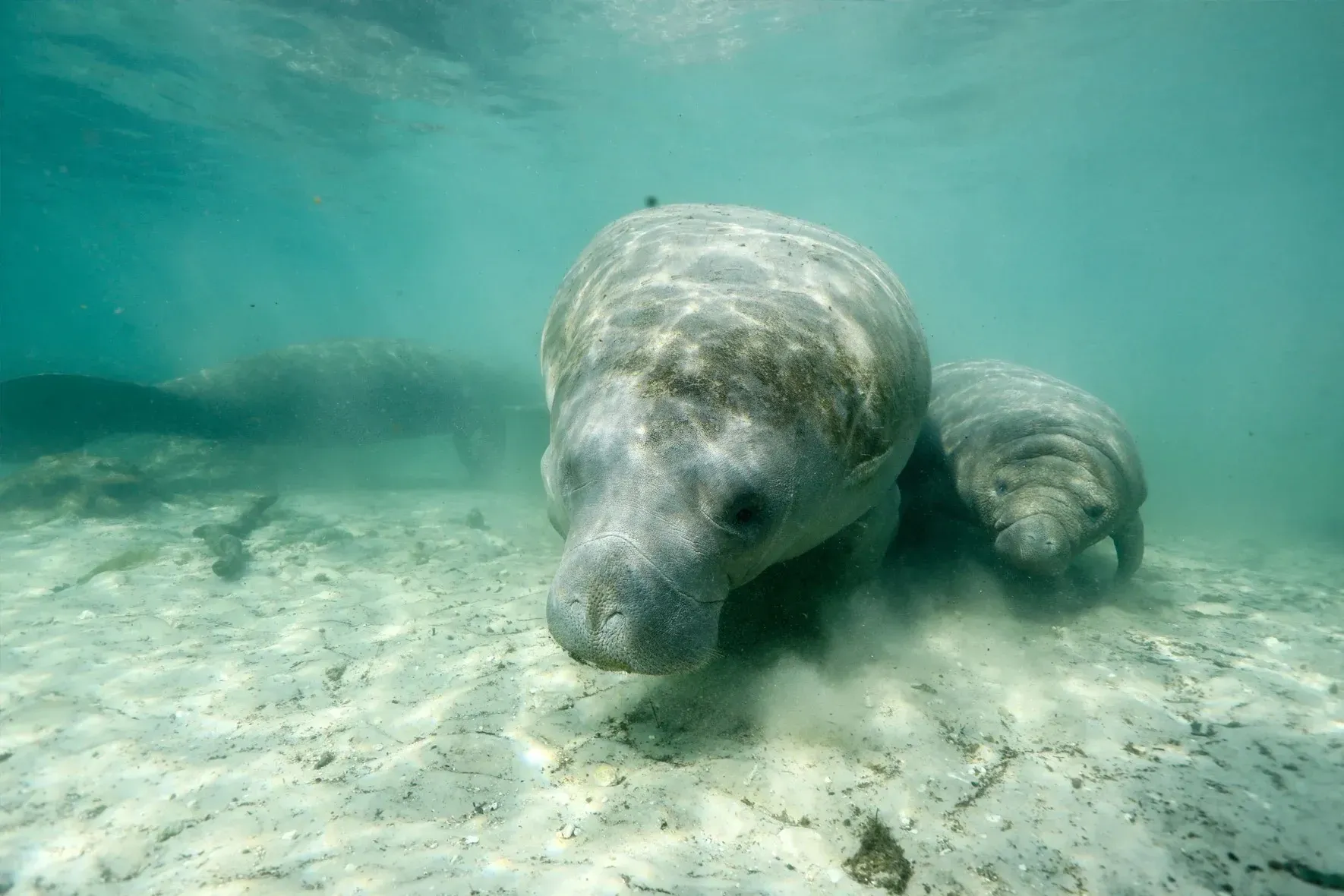
Manatees in Peril: How Pollution and Neglect Plunged Florida’s Iconic Species Into Crisis
In the heart of Florida’s picturesque waters, a tragedy has been unfolding: rampant pollution has driven the state’s beloved manatees to the brink, turning once-thriving sanctuaries into graveyards. Recent investigations, court rulings, and the impassioned pleas of locals and scientists alike have brought nationwide attention to the crisis gripping the Indian River Lagoon and beyond—a stark warning for Florida’s environment and its future.

A record-breaking die-off of manatees began in late 2020, with over 1,100 deaths by the end of 2021—nearly ten percent of the local population. Biologists found emaciated carcasses and orphaned calves clinging to their mothers, starving as seagrass beds, the animals’ main food source, vanished across the Indian River Lagoon. Cutting open one mother’s remains, researchers discovered “her gut was watery, as if she’d dissolved from within.” Her starving calf circled the corpse, frantic for milk that would never come.
How did it come to this? Years of unchecked pollution from agriculture, urban runoff, and lax oversight flooded Florida’s waterways with nitrogen and phosphorus. These chemicals triggered devastating algae blooms that blocked sunlight and decimated seagrass, unraveling the delicate balance of the lagoon’s ecosystem. A statewide analysis by the Tampa Bay Times found that nearly one in four waterway segments in Florida show alarming pollution levels, with more than half getting worse or showing no improvement over two decades.


The environmental and scientific communities have been sounding alarms for years. “They should be alarmed,” said Elizabeth Southerland, a retired EPA official, after seeing the worsening trends. Robert Knight, president of the Howard T. Odum Florida Springs Institute, bluntly warned, “It’s getting worse almost everywhere. These springs are dying.” Even state biologists called the Lagoon, “an estuary in crisis.”

Yet, the state government’s response has been fragmented. While Florida’s Department of Environmental Protection claims millions spent on restoration, the cleanup has failed to reverse toxic trends—especially in the most at-risk areas. A recent federal court ruling declared the FDEP in violation of the Endangered Species Act, finding that its lenient regulations directly contributed to mass manatee deaths by allowing continued pollution. The agency is now ordered to develop a Habitat Conservation Plan to mitigate damage, setting a national precedent for stricter oversight and accountability.
The crisis isn’t confined to manatees; it’s symptomatic of widespread mismanagement of Florida’s natural lifeblood. Vivid drone images reveal tens of thousands of acres converted to farms, golf courses, and subdivisions—development that doubles runoff and pollution while wetlands that once filtered contaminants disappear beneath concrete and turf. “Once chemicals reach the waterway, they linger,” explained environmental advocates. “Nature knows what’s going on.”

There is hope but also deep uncertainty. “They’re incredibly resilient animals,” said James “Buddy” Powell, a veteran manatee researcher. “If you give manatees half a chance, they’re going to survive.” Years after the die-off, orphaned calves have been rescued, rehabilitated, and released. Still, while some seagrass beds show modest recovery, fragile progress could be upended by another run of bad luck—or continued inaction.
The path forward is clear: protect waterways, curb pollution at its source, hold agencies accountable, and restore the ecosystems manatees and Floridians both depend on. Will the crisis spur meaningful change, or fade like so many environmental warnings before it? The answer could determine the fate of Florida’s iconic wildlife for generations to come.
What do you think it will take to turn the tide for Florida’s manatees? Leave a comment below and share your thoughts on how we can better protect these gentle giants and the precious waterways they call home.